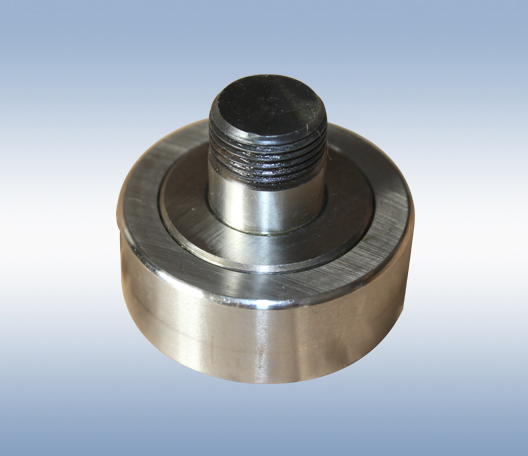| (Service Hotline) 0519-86365509 |
Contact: Shi Lijie +86 15851987186 (same number on WeChat)
Shi Jianlin +86 13806110378 (WeChat account)
Q Q: 657352779
Production room telephone: +86 519-86358076
General Manager Tel: +86 519-86365509
Fax: +86 519-86365069
E-mail: 657352779@qq.com
Website: en.czxmzc.com
Address: No. 98, Weijiaqiao, Niutang Industrial Park, Wujin District, Changzhou City

1. There are sundries in the bearing seat hole (residual chips, dust particles, etc.);
2. The teeth of the lock washer are bent (touching the bearing and causing friction)
3. Lack of smoothness (the oil level is too low, and the oil or grease leaks through the seal);
4. The shaft is too thick and the practice fit is too tight (the bearing temperature is too high or noise occurs)
5. Impurities such as sand or carbon particles are mixed into the bearing to act as an abrasive;
6. The thermal elongation of the shaft is too large (the shaft receives an additional statically indeterminate axial load);
7. The bearing is mixed with water, acid or paint and other dirt, which has a corrosive effect;
8. The bearing is clamped flat by the seat hole (the roundness of the seat hole is not good, or the seat hole is twisted and not straight);
9. The shim on the bottom surface of the bearing seat is uneven (causing deformation of the seat hole and even cracks in the bearing seat);
10. The diameter of the seat hole is too small (to form the bearing temperature is too high)
11. The sealing ring is eccentric (touching adjacent parts and causing friction);
12. The shaft receives additional load (the shaft is tight in the axial direction, or there are two fixed-end bearings on a shaft);
13. The bearing is noisy (the bearing has fretting abrasion)
14. The clearance of the bearing is too small, and it is too tight during rotation (the adapter sleeve is too tight);
15. The bearing is noisy (the end face of the roller or the steel ball is slipping);
16. The fit between the bearing and the shaft is too loose (the diameter of the shaft is too small or the adapter sleeve is not tightened);
17. The shaft shoulder is too large (touching the bearing seal and causing friction)
18. The shoulder of the seat hole is too large (the seal of the bearing is distorted)
19. The clearance of the bearing is too small (the fit is not properly selected);
20. The gap of the labyrinth seal is too small (friction occurs with the shaft)
21. The bearing seat hole becomes larger (the bearing seat hole of non-ferrous metal is enlarged or enlarged due to thermal shrinkage)
22. The position of the oil slinger is not suitable (touching the flange cover and causing friction)
23. There are pressure pits on the steel ball or roller (formed by hitting the bearing with a hammer during installation)
24. The bearing is noisy (with external vibration source interference)
25. The shaft undergoes heat discoloration and deformation (formed by disassembling the bearing by heating with a spray gun)
26. Wrong selection of lubricating oil or lubricating grease;
27. The diameter of the bearing seat hole is too large, and the practice fit is too loose (bearing temperature is too high-outer ring slips)
